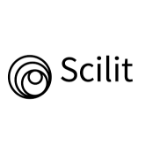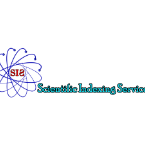Background: Understanding behaviors toward dental health (Bhat et al., 2022). is pivotal for preventive care and treatment outcomes. This study evaluates public awareness and personal dental health practices across five countries (Jiang et al., 2023), focusing on insurance coverage (Naser et al., 2023), hygiene habits, professional care frequency, and knowledge of specific dental issues and treatments.
Objective: To investigate the public’s awareness and behaviors related to dental health insurance, ideal oral hygiene practices, professional dental visit frequency, and knowledge of stress effects on oral health (Soares-Silva et al., 2024; Bhat et al., 2022; Cao et al., 2023), bruxism treatments, smoking impacts, tobacco-related disorders, and available cessation centers, as well as familiarity with dental implants (Gupte et al., 2024; Sivaswamy et al., 2022), teeth whitening procedures, and the importance of medical history in dental care.
Methods: A structured questionnaire with 19 items was administered to 113 participants from the United States, India, Canada, Australia, and the UK. The survey assessed various aspects of dental health awareness and practices (Gizaw et al., 2024), including insurance coverage, hygiene routines, professional care, knowledge of treatments, and the effects of lifestyle factors on oral health.
Results: The survey uncovered a diverse range of awareness and behaviors regarding dental health. Notably, there were significant gaps in knowledge about the importance of dental insurance (Saghiri et al., 2021), ideal oral hygiene frequency, and the need for regular professional dental care. Awareness of the impact of stress (Cao et al., 2023), smoking, and tobacco use on oral health varied, as did knowledge of available treatments for conditions like bruxism (Soares-Silva et al., 2024) and the availability of tobacco cessation centers.( Gupte et al., 2024).
Conclusion: The study highlights the necessity for comprehensive educational programs to improve public awareness and behaviors concerning dental health. By addressing the knowledge gaps identified, dental health professionals can better guide the public toward optimal oral health practices and preventive care.
Public Awareness and Behaviours Regarding Dental Health: A Cross-Country Survey













